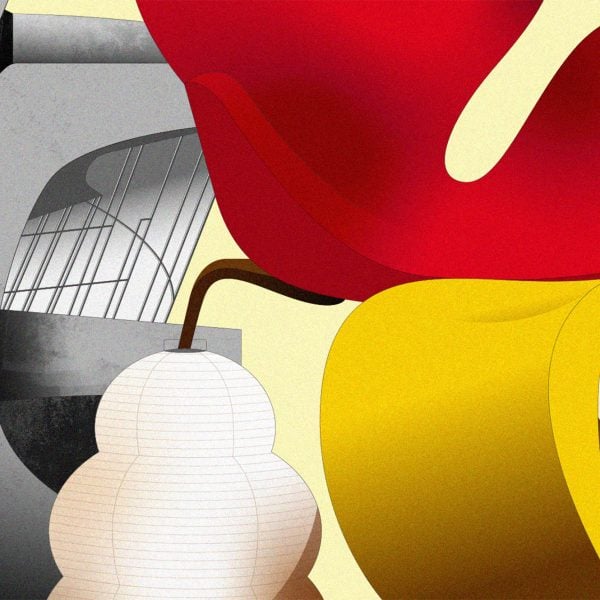To conclude our mid-century modern series, we’ve rounded up everything you need to know about the design and architecture movement from A to Z.
For the last article in our series exploring mid-century modern design and architecture, we’ve collated 28 of its most influential proponents, furniture designs, places, materials and companies.
Read on to discover who makes up the mid-century modern A to Z:
A is for Arne Jacobsen
Danish architect Arne Jacobsen left his mark on both the architecture and design world. Among his best-known furniture pieces is the iconic Ant chair, named after its insect-like shape.
“I based my work on a need: what chairs are needed?” Jacobsen said of its design.
Many of his most famous designs such as the enveloping Egg chair were originally made for architectural projects – in this case, the SAS Royal Hotel, which was Copenhagen’s first skyscraper and which Jacobsen designed as “a total work of art”.
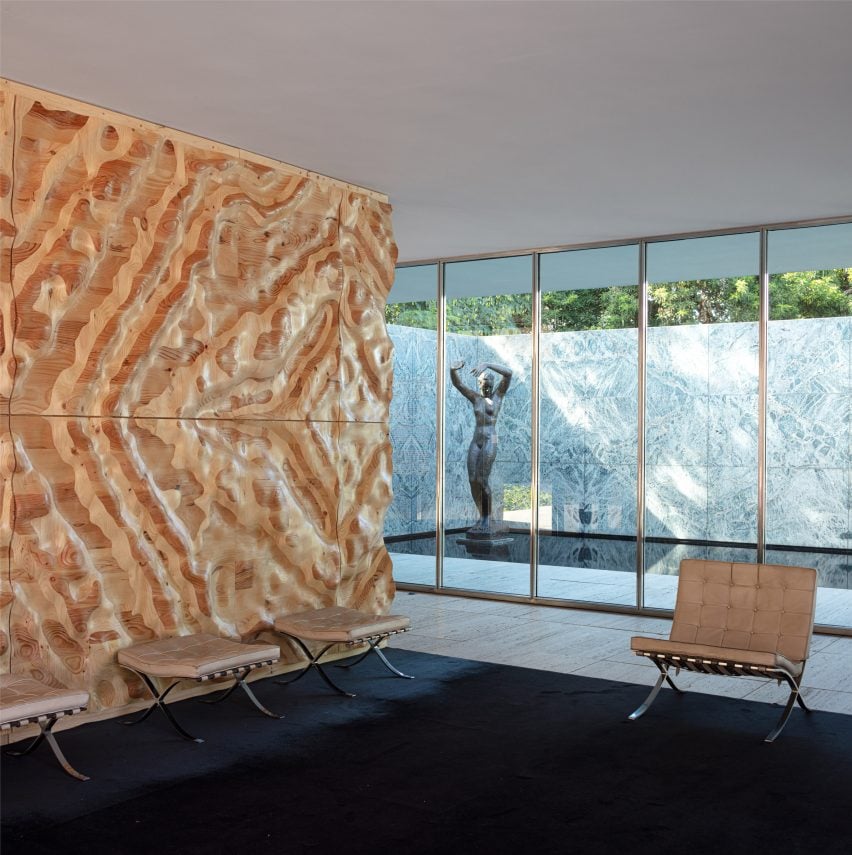
B is for Barcelona chair
One of the best-known furniture pieces of all time, the steel-and-leather Barcelona chair was designed by architect Mies van der Rohe and interior designer Lilly Reich in 1929.
Originally made for the German Pavilion at the 1929 International Exhibition in Barcelona, the chair’s design was based on the Roman sella curulis – an ancient chair used by magistrates.
Though it was designed before the heyday of mid-century modernism, it became popular in the 1940s when American furniture brand Knoll began putting the Barcelona chair into production.

C is for Charles and Ray Eames
Design duo Charles and Ray Eames met in 1940 and formed their design company Eames Office after marrying in 1941. Known for their democratic approach to design, the Eameses worked with modern materials such as moulded plywood and designed the world’s first moulded plastic chair, the Shell chair.
Other famous pieces include their wood-and-leather Eames lounge chair and Case Study House 8, which became known as Eames House, leading architect Peter Smithson to conclude that the duo changed the face of modern design with “just a few chairs and a house”.
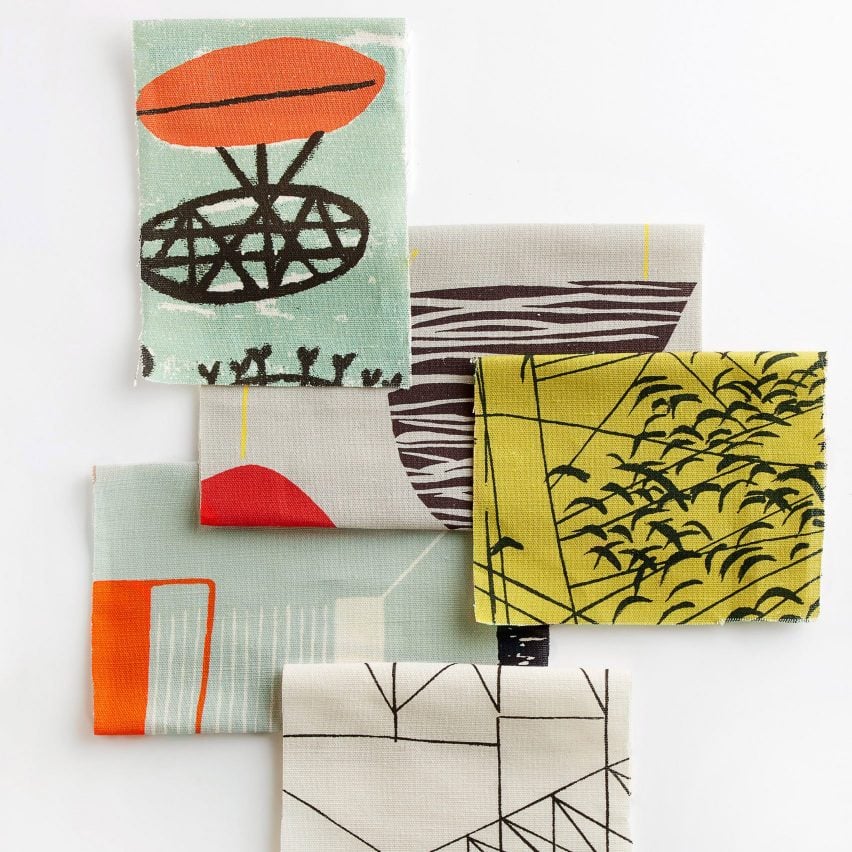
D is for Day, Lucienne
Known for her textile designs – most famously the Calyx pattern she created for the Festival of Britain – Lucienne Day had a significant impact on mid-century modern Britain.
Her designs, which were informed by abstract art, “hung in every ‘contemporary’ living room in Britain” while Calyx won a gold medal at the Milan Triennale.
The design also received the international design award from the American Institute of Decorators, making Lucienne Day the first British designer ever to win the award.

E is for Eero Saarinen
The work of Finnish-American designer Eero Saarinen spanned everything from sculptural architecture, such as the Gateway Arch in St Louis, to sculptural furniture like his Tulip table and chairs.
Although born in Finland in 1910, Saarinen’s family later moved to the US where his architect father had been chosen to design the Cranbrook Educational Community.
Saarinen followed in his father’s footsteps, designing iconic buildings such as the Technical Center campus for car brand General Motors. He also worked with several other major mid-century modern designers, creating a plywood chair with Charles Eames and designing the Womb Chair for Florence Knoll.
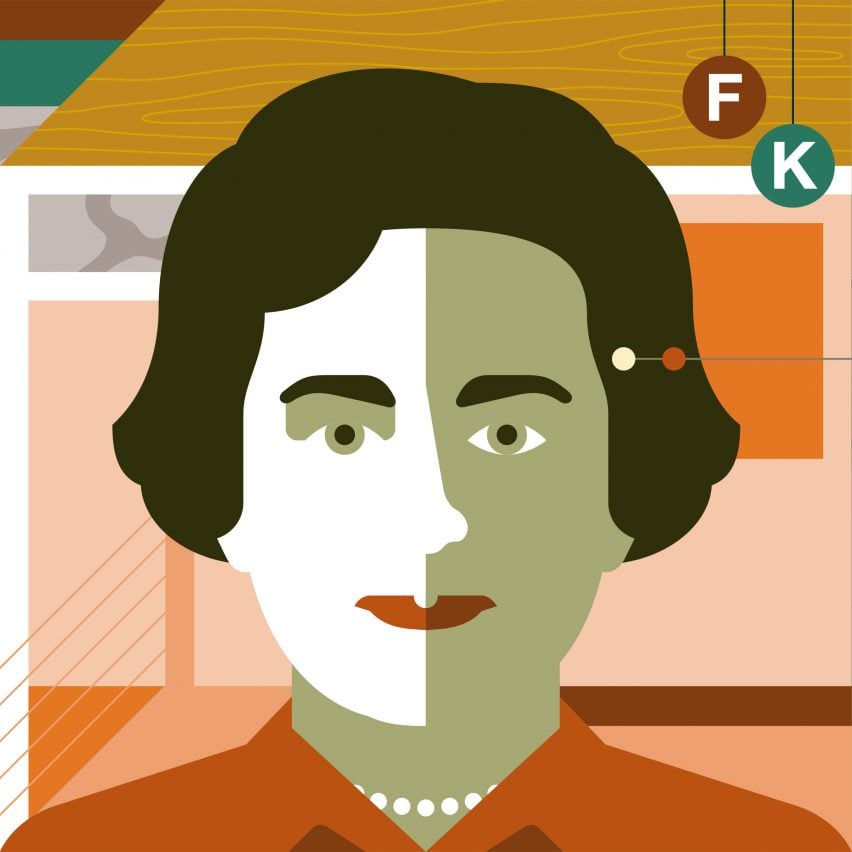
F is for Florence Knoll
Florence Knoll was both a designer in her own right and skilled in getting the best out of other creatives. Leading furniture brand Knoll’s interior design arm, known as the Planning Unit, she created several designs that are still in production today including her scaled-down chrome tables.
Knoll also commissioned products by Mies van der Rohe, including his Barcelona chair, introducing his designs to a new audience.
“Florence Knoll Bassett may have done more than anyone else to create what we think of as the ‘Mad Men’ design of the mid-century modern workspace,” said architecture critic Paul Goldberger when Knoll passed away in 2019.
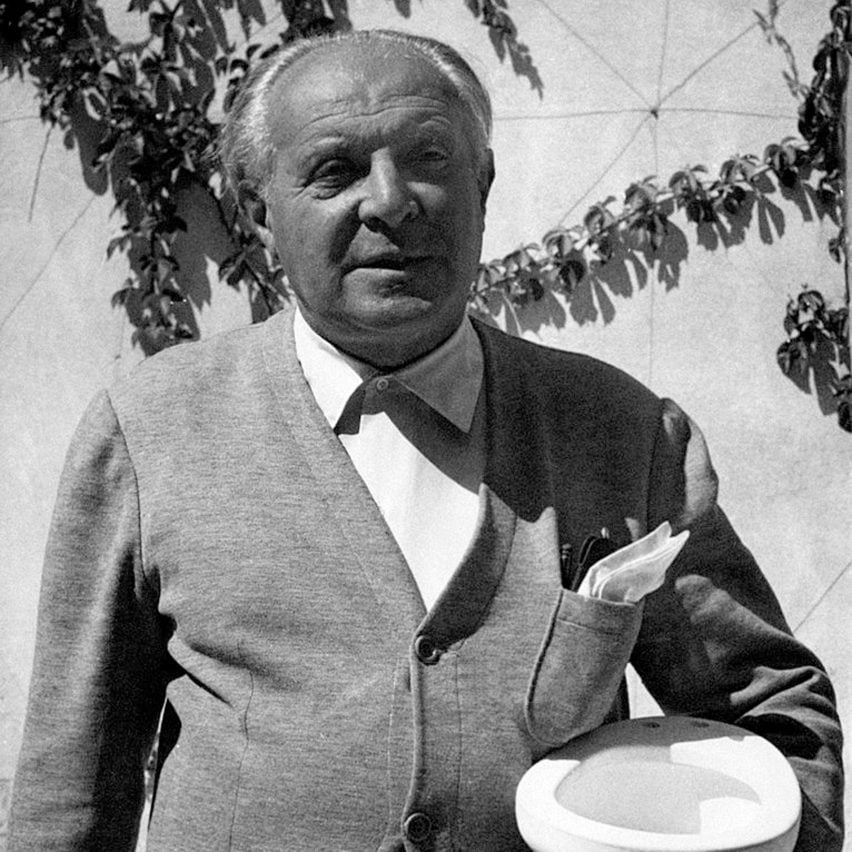
G is for Gio Ponti
Like many of his peers, Gio Ponti was a polymath who worked in both architecture and design. As an architect, he built more than 100 buildings including the Concattedrale Gran Madre di Dio cathedral in Taranto, Italy, which was inspired by decorative paper cut-outs.
Among his best-known buildings is the 32-story Pirelli Tower in Milan. As a designer, Ponti created pieces such as the famous Superleggera chair, which has been referred to as a “masterpiece of modernity”.
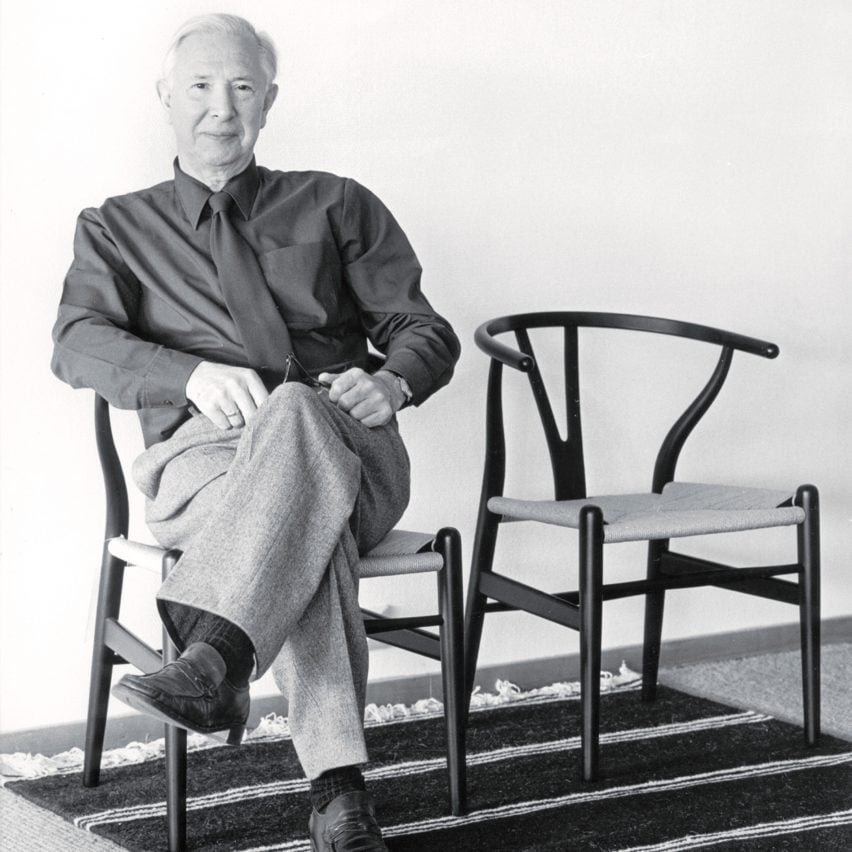
H is for Hans J Wegner
One of the best-known Danish designers from the period, Hans J Wegner’s most iconic piece is the CH24 Wishbone Chair, which was said to capture “the essence of Danish design”.
It was among 500 chairs designed by Wegner, who specialised in seating and was known as the “Master of Chairs”.
“Many foreigners have asked me how we created the Danish style,” Wegner said. “I’ve answered that it was a continuous process of purification and simplification – to cut down to the simplest possible design of four legs, a seat, and a combined back- and armrest.”
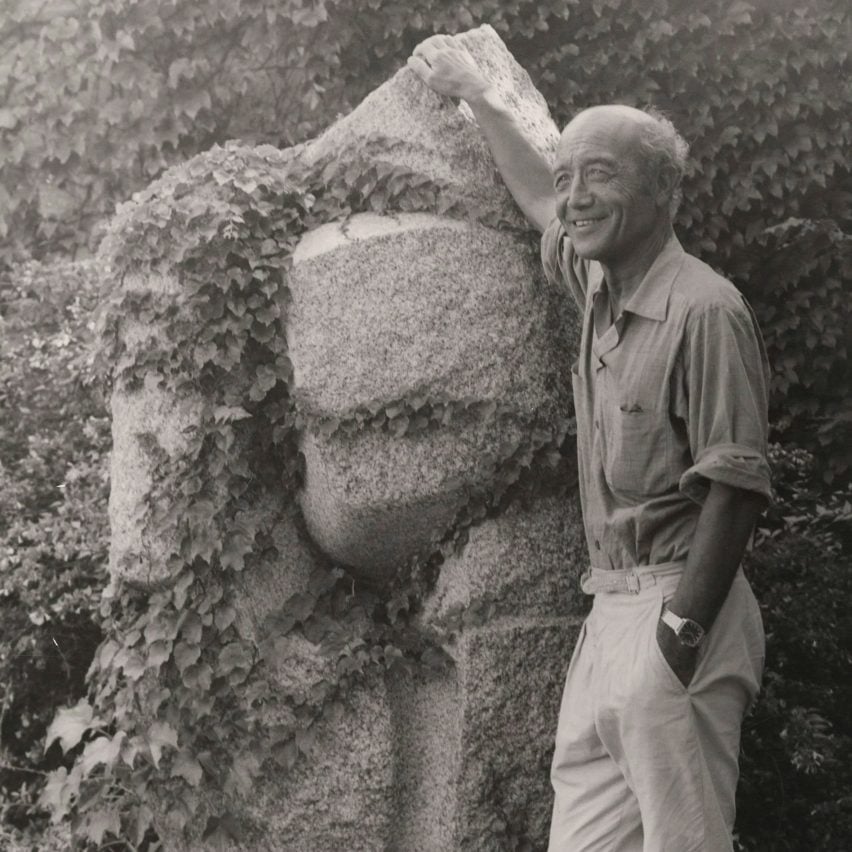
I is for Isamu Noguchi
While other mid-century designers dabbled in architecture, Japanese-American Isamu Noguchi also worked as an artist. Among his most famous products are the sculptural Akari lights, which he designed in 1951.
“The light of Akari is like the light of the sun filtered through the paper of shoji,” he said.
The Akari lights are still popular and remain in production to this day much like his Noguchi table, produced by furniture brand Herman Miller. His artworks are regularly showcased around the world, with Noguchi described as a “pioneer of social sculpture”.
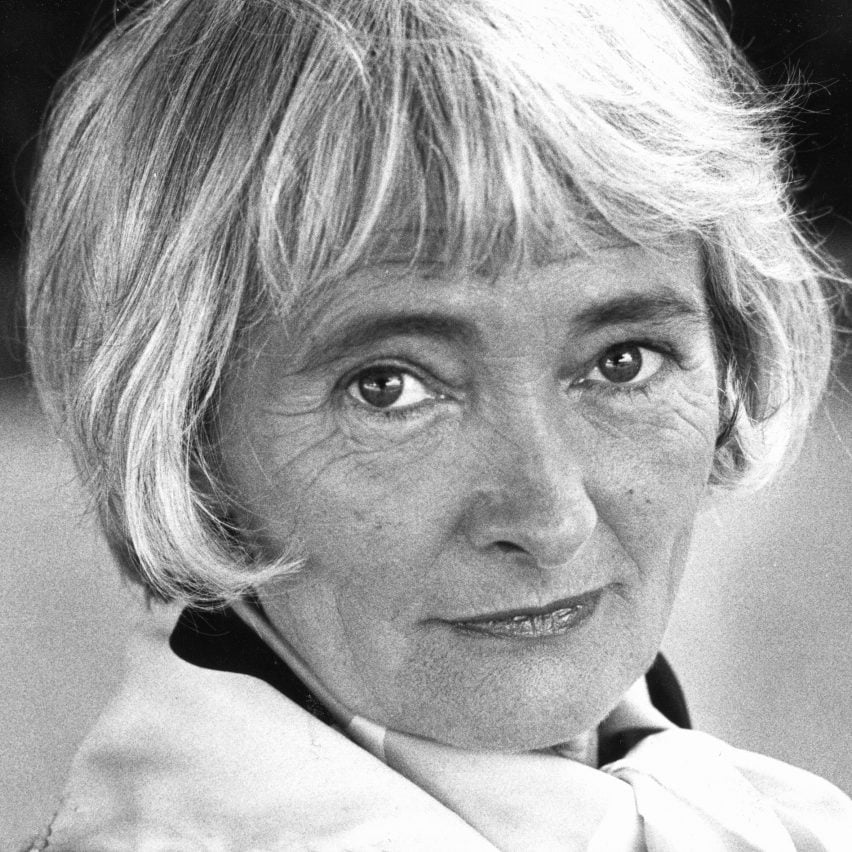
J is for Jalk, Grete
Born in Copenhagen, Denmark in 1920, Grete Jalk trained as a cabinet-maker before opening her own design studio in 1954, creating streamlined furniture pieces with innovative shapes.
Like the Eameses, she was intrigued by the opportunities offered by moulded plywood and used the material to design pieces such as the GJ Bow Chair, which was purchased by the Museum of Modern Art in New York. The origami-like chair, constructed from two folded plywood pieces, is still made by Lange Production today.
Jalk also helped to promote Danish design abroad, organising a travelling Danish design exhibition and joining the Danish Design Council in 1987.
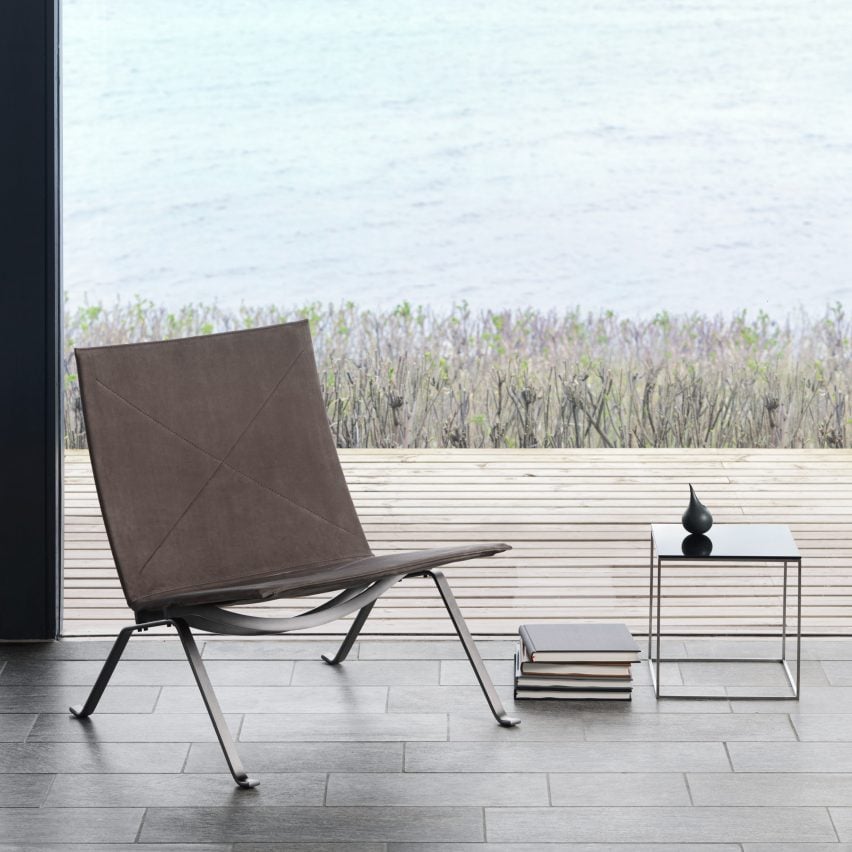
K is for Kjaerholm, Poul
Mainly working in steel, which he combined with leather, wood and marble, Poul Kjaerholm also trained as a cabinet-maker. His furniture designs were created for his friend Ejvind Kold Christiansen’s brand in 1955.
His best-known pieces include the PK22 chair, pictured above, and the PK21 coffee table, which were both reissued by Danish brand Fritz Hansen for the chair’s 60th anniversary in 2016.
Kjaerholm’s work is included in the permanent collection of museums including New York’s Museum of Modern Art and London’s V&A.
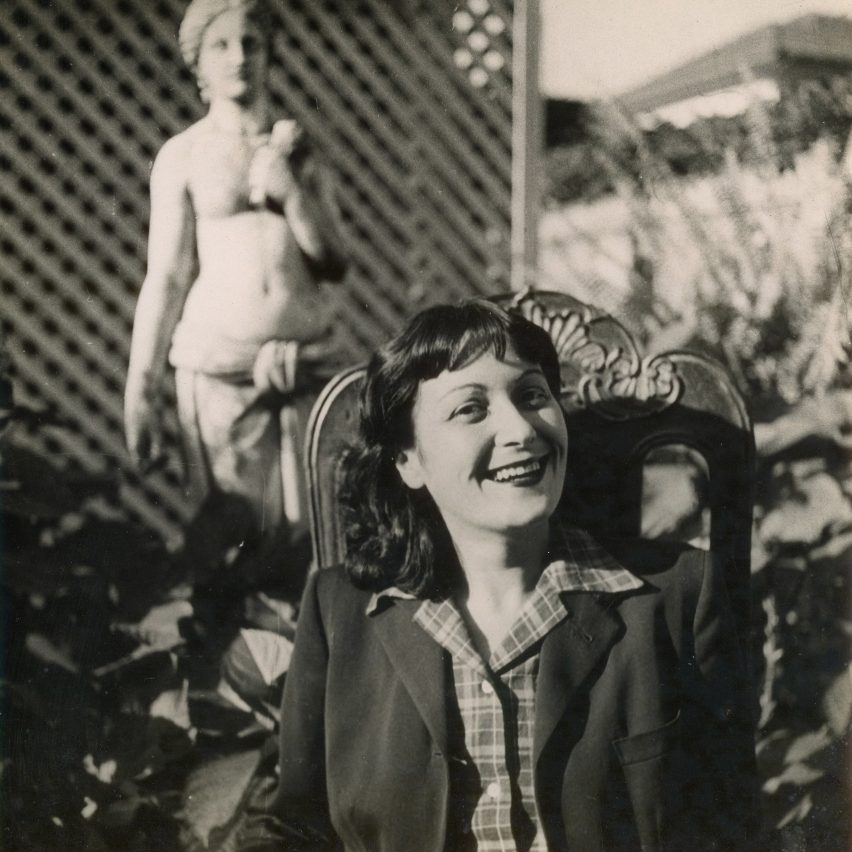
L is for Lina Bo Bardi
Modernist architect Lina Bo Bardi, who was born in Italy but has become known for her work in Brazil where she designed many of her buildings, is one of the most celebrated women architects of the 20th century.
In 2021 she was awarded the Special Golden Lion for Lifetime Achievement award at the Venice Architecture Biennale for her “powerful buildings”, which include the concrete-and-glass São Paulo Museum.
Bardi is also behind Bardi’s Bowl Chair, a sculptural bowl-shaped leather chair that is still produced today.
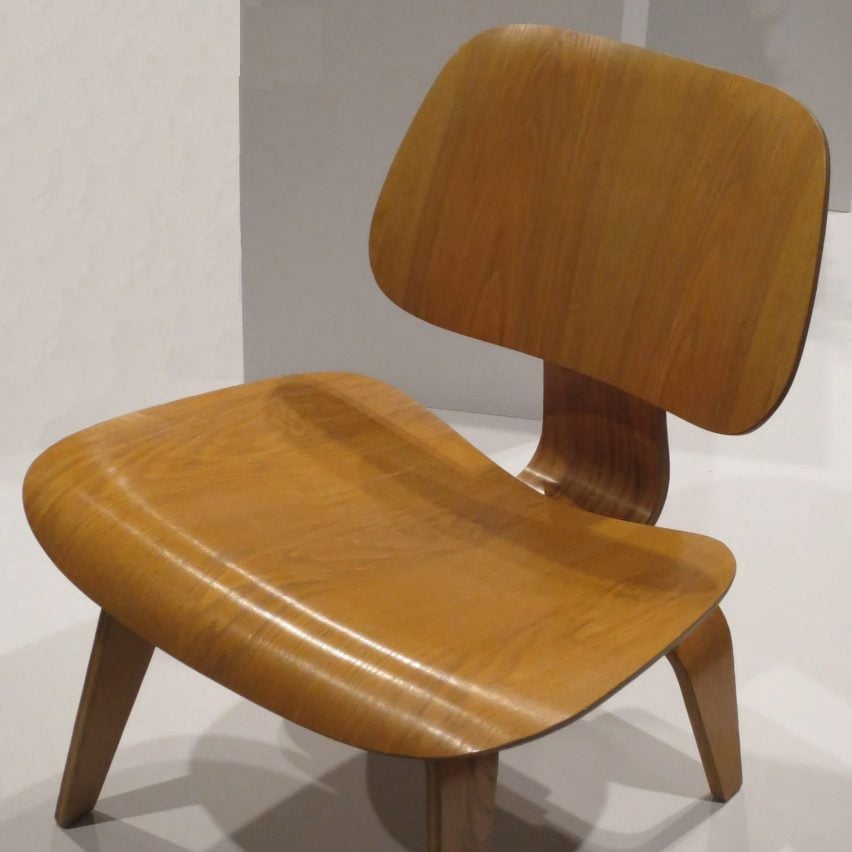
M is for moulded plywood
In a period when new materials were being invented and designers used existing materials in innovative ways, one of the most explored was moulded plywood.
Among the designers experimenting with the material, often for seating designs, were the Eameses, who created their LCW chair (pictured) using a new technology for working with moulded plywood, and British designer Robin Day.
Day’s 675 chair, with its armrests and back formed from one piece of shaped and moulded plywood, was originally designed in 1952 and remains one of the most recognisable mid-century modern chairs.
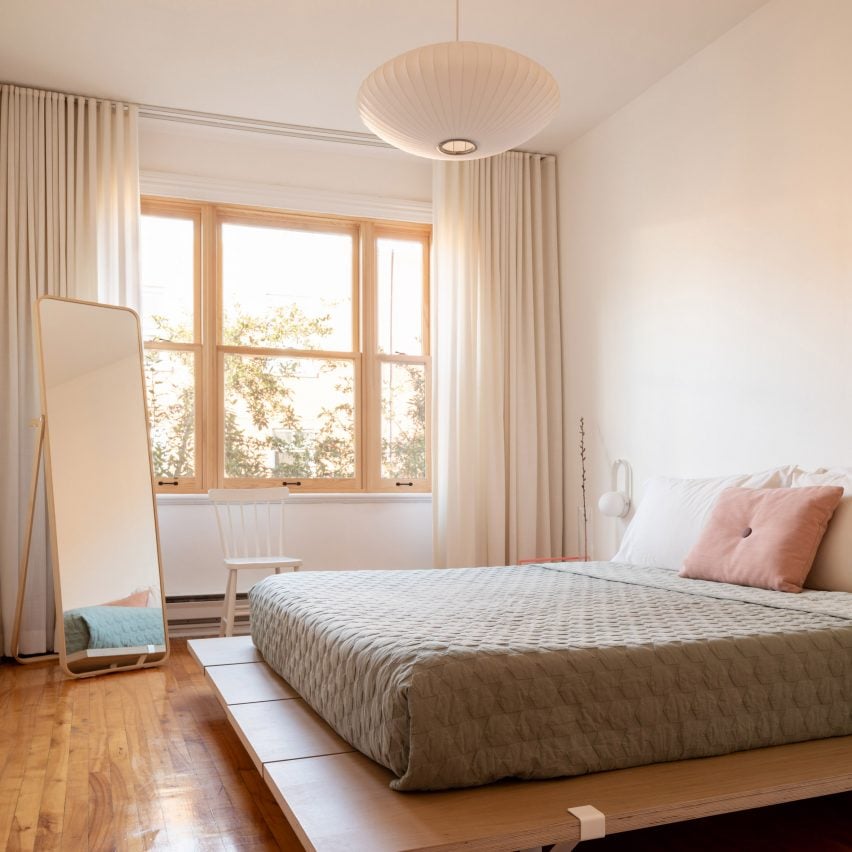
N is for Nelson, George
American industrial designer George Nelson is known for his bubble lamp (above), a simple, elegant design that is still in production today.
His other famous designs include the Marshmallow Sofa, created together with designer Irving Harper, an innovative piece that featured 18 injection-plastic disks arranged on a steel frame.
Nelson, who trained as an architect, believed that “design is a response to social change” and is also credited with coming up with the concept for the first pedestrian shopping mall.
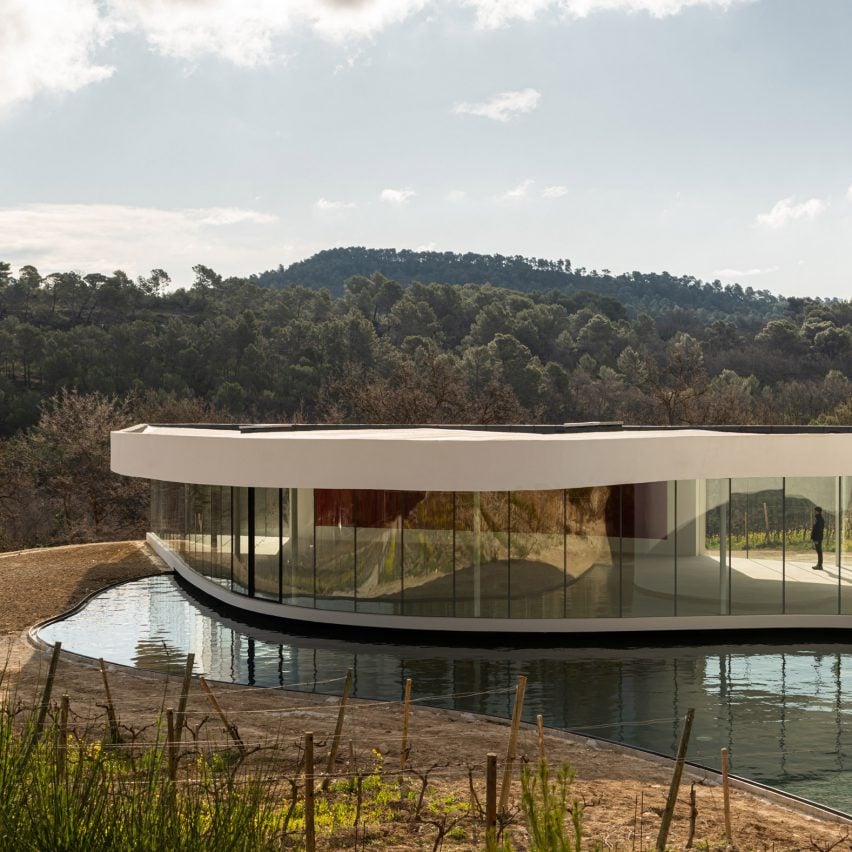
O is for Oscar Niemeyer
Brazilian architect Oscar Niemeyer had a massive impact on modern architecture, creating buildings including the UN headquarters in New York and the Communist Party’s Paris headquarters.
But it is his designs in Brasília, Brazil’s capital, for which he’s best known. Niemeyer designed most of its civic and government buildings, including the Roman Catholic Cathedral, for which he won the 1988 Pritzker Architecture Prize.
Dubbed the “concrete poet”, Niemeyer’s work with reinforced concrete has continued to influence architecture. His final building was a pavilion in a French vineyard, pictured above.
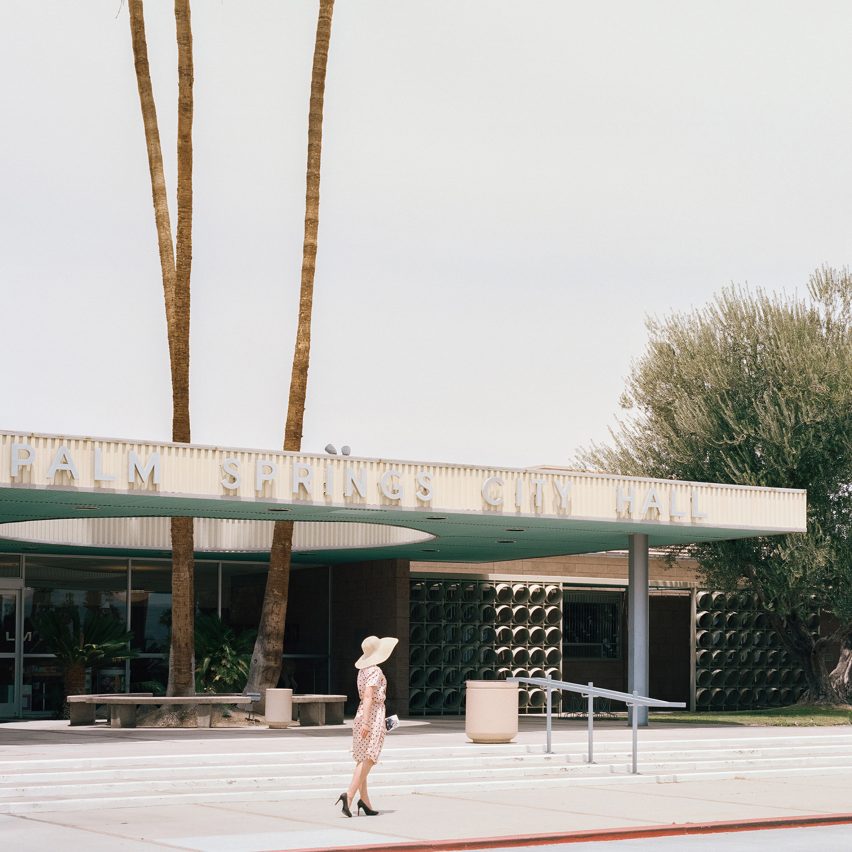
P is for Palm Springs
Known for its many well-preserved mid-century modern buildings, Palm Springs, a city in the California desert, features designs by architects including Richard Neutra, John Lautner and Albert Frey.
Every year, the city holds its Modernism Week, which invites the public to explore its mid-century heritage. Originally designed as a “place where people could escape city life” according to Modernism Week CEO Lisa Vossler Smith, today Palm Springs functions as something of a time capsule for those interested in mid-century modern architecture.
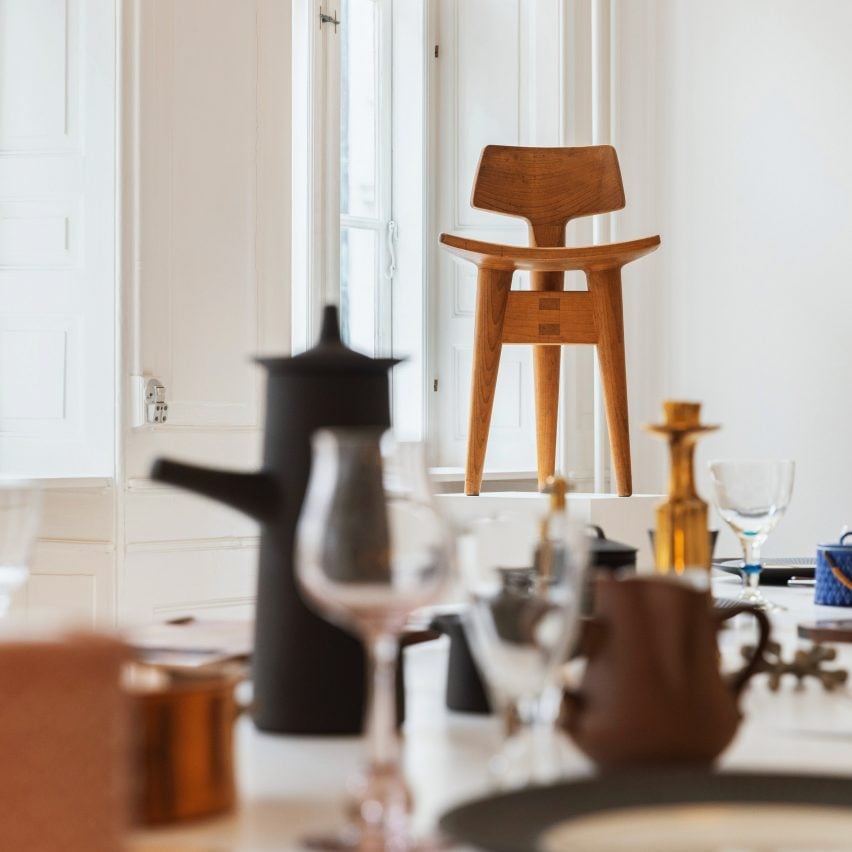
Q is for Quistgaard, Jens
Dubbed the “world-famous unknown Dane”, Jens Quistgaard was the chief designer for US-based homeware manufacturer and retailer Dansk Designs for three decades.
In this role, he designed more than 4,000 objects and brought Scandinavian design to homes across America. Quistgaard produced plenty of tableware and kitchenware, including sculptural peppermills that resemble chess pieces and fruit, but also made striking pared-back furniture designs.

R is for Richard Neutra
One of the major names in mid-century modern design is architect Richard Neutra. His futuristic, minimalist homes can still be found across California and sell for huge sums.
The clean lines and angular shapes of his low-rise buildings helped define a new architectural vernacular for the American state.
“I try to make a house like a flower pot, in which you can root something and out of which family life will bloom,” Neutra said in an interview for the August 15 issue of Time Magazine, for which he made the cover.
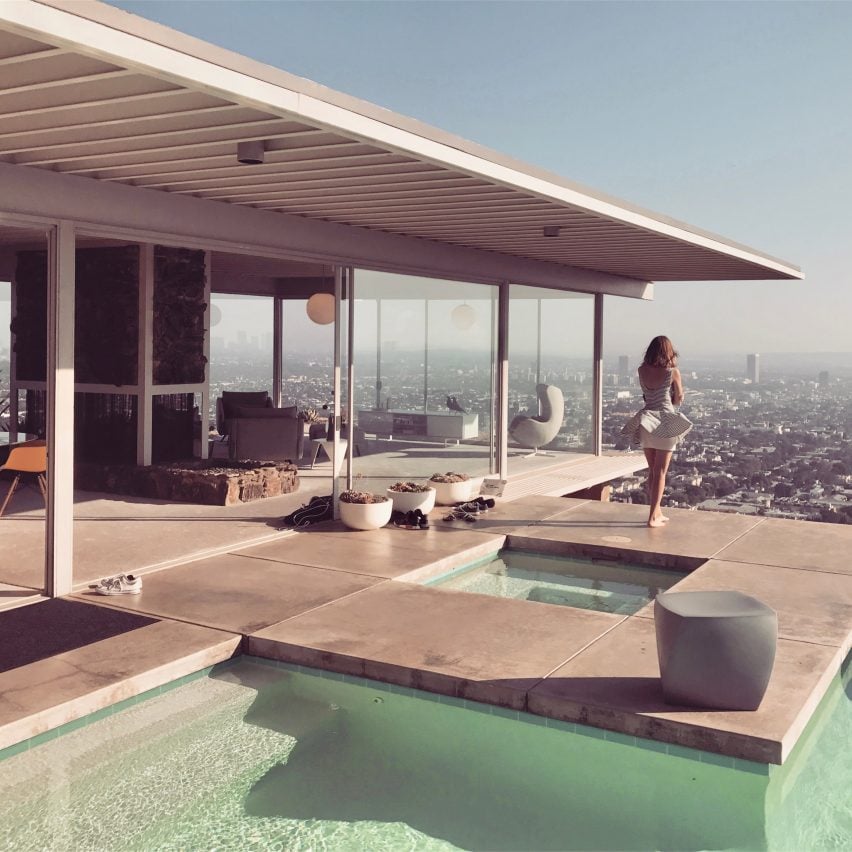
S is for Stahl House
Set in the hills above Los Angeles’ Laurel Canyon, Stahl House has a sleek design that has become an iconic symbol of the city’s modernist architecture.
Designed by architect Pierre Koenig and completed in 1960, Stahl House is an example of one of the city’s Case Study Houses. These were designed by well-known architects but intended as efficient, inexpensive model homes. Another example is the Eameses’ Case Study House 8.
Stahl House, which is among the most famous – if not the most famous – of the Case Study Houses, was named one of the top 150 structures on the American Institute of Architects’ “America’s Favorite Architecture” list in 2007 and listed on the National Register of Historic Places.
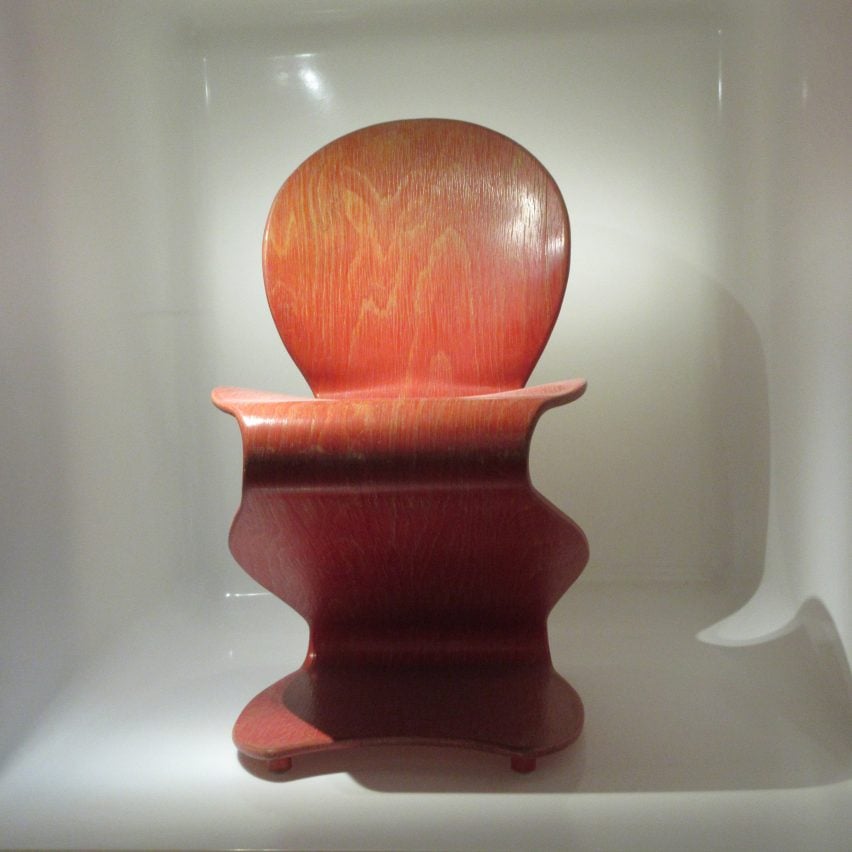
T is for Thonet
Austrian furniture brand Thonet, known for its steam-bent wooden furniture, worked with a number of designers during the mid-century modern period.
It manufactured designer Verner Panton’s cantilevered-wood S chair and also produced pieces by designer Pierre Paulin and tubular steel furniture by architects Mies van der Rohe and Marcel Breuer.
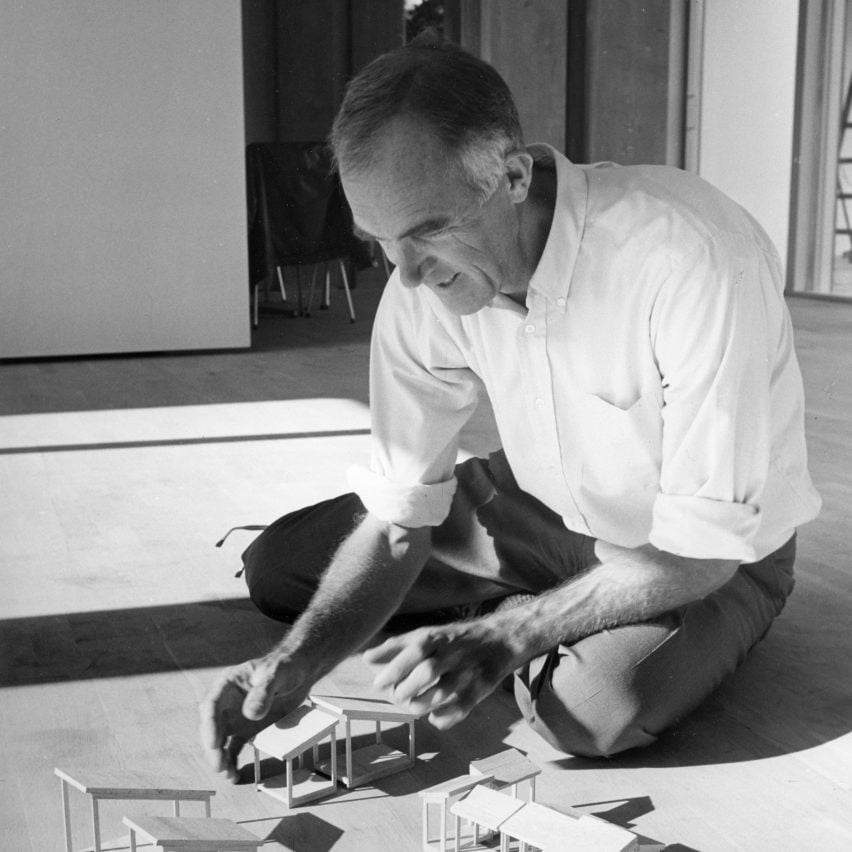
U is for Utzon, Jørn
The architect behind the Sydney Opera House was the first Dane to win the prestigious Pritzker Architecture Prize and has an impressive roster of designs.
As well as the sculptural opera house, which was declared a UNESCO World Heritage Site in 2007, Jørn Utzon is known for the Bagsværd Church, which was completed near Copenhagen in 1976, and Kuwait’s National Assembly building, completed in 1982.

V is for Verner Panton
The man behind the Panton chair, the world’s first all-plastic chair made in one piece with a cantilever design, Verner Panton created a number of seminal furniture designs. These also include his Heart Cone chair and Flowerpot lamp.
Panton also worked extensively in interior design, creating colour- and pattern-drenched interiors including the office for magazine Der Spiegel and the interior of Copenhagen’s Circus venue.
While he was friends with a number of the other Danish designers working in the period, Panton’s interest in innovative material use and fascination with new production techniques meant he was often at the forefront of the design scene.
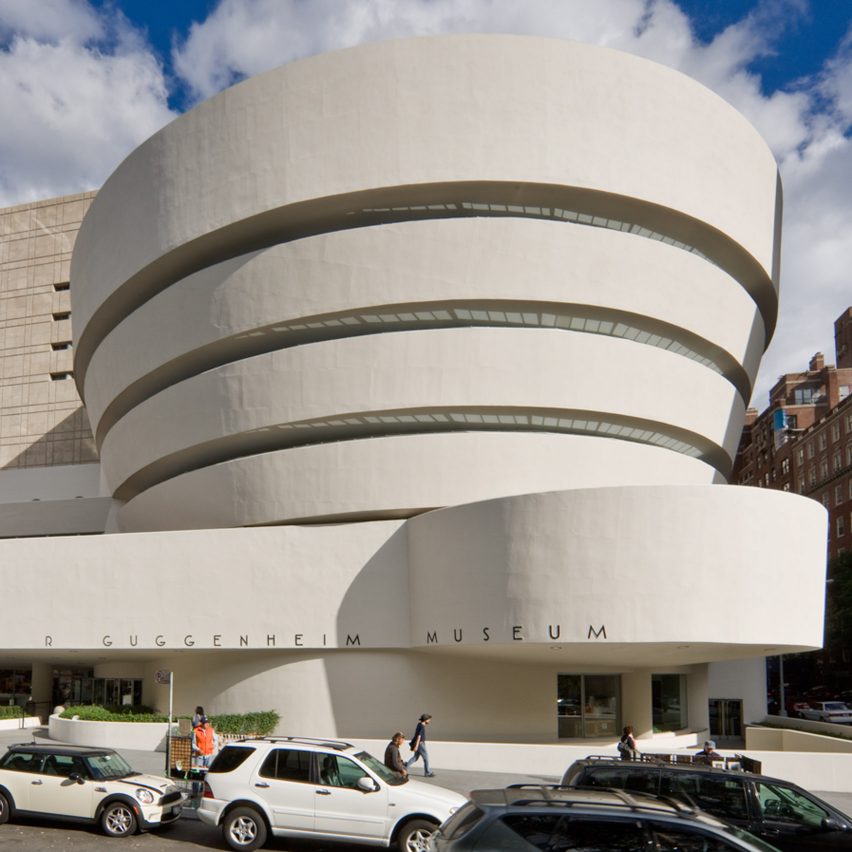
W is for Wright, Frank Lloyd
One of the world’s most famous architects, Frank Lloyd Wright is behind iconic buildings including the Guggenheim Museum in New York, pictured, and Fallingwater, a holiday home that has been called the “best all-time work of modern American architecture”.
Built on a waterfall, Fallingwater underlines Lloyd Wright’s skill in creating sculptural, striking buildings intended to have a symbiotic relationship with their surroundings – an example of his “organic architecture”.
While many of his works were created earlier than the mid-century modern period, which began in the mid-1940s, they have come to represent the style with their clean lines and sculptural designs.
Wright designed around 800 buildings in total, 380 of which were built. Many remain today.
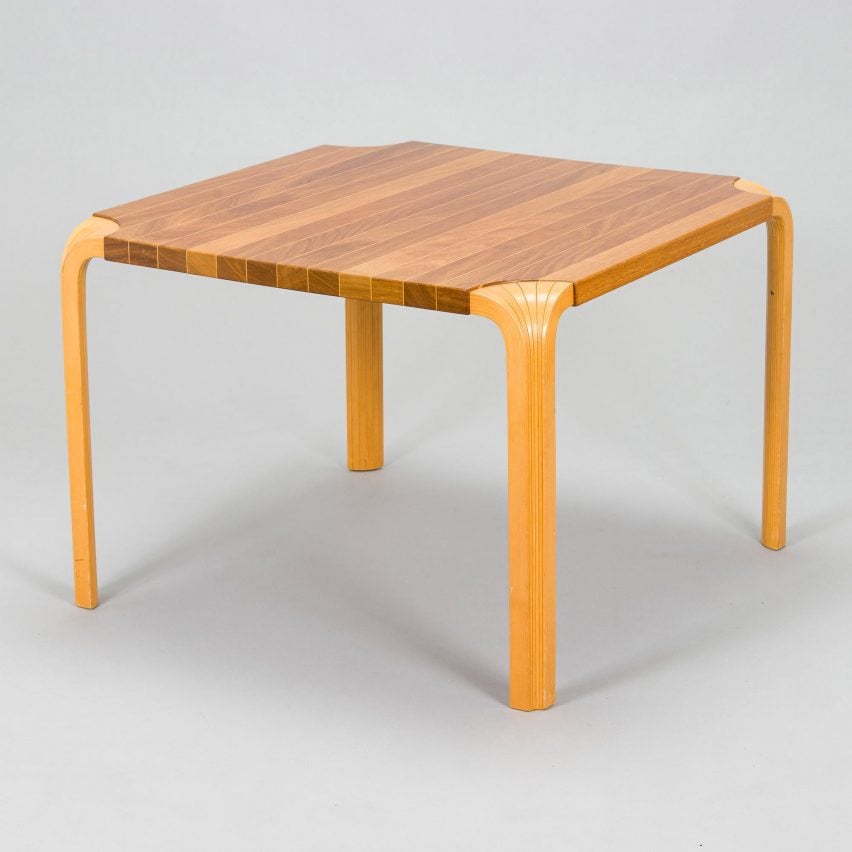
X is for X-leg by Aalvar Aalto
Also known as the fan leg, architect Alvar Aalto’s innovative X-leg design was introduced for armchairs, stools and tables in 1954. The design comprises thin L-shaped legs that are linked together to form a fan-like shape, which solves the problem of sharp corners.
The table was made in a variety of sizes using laminated beech and birch and produced by Finnish furniture brand Artek, like most of Aalto’s furniture.
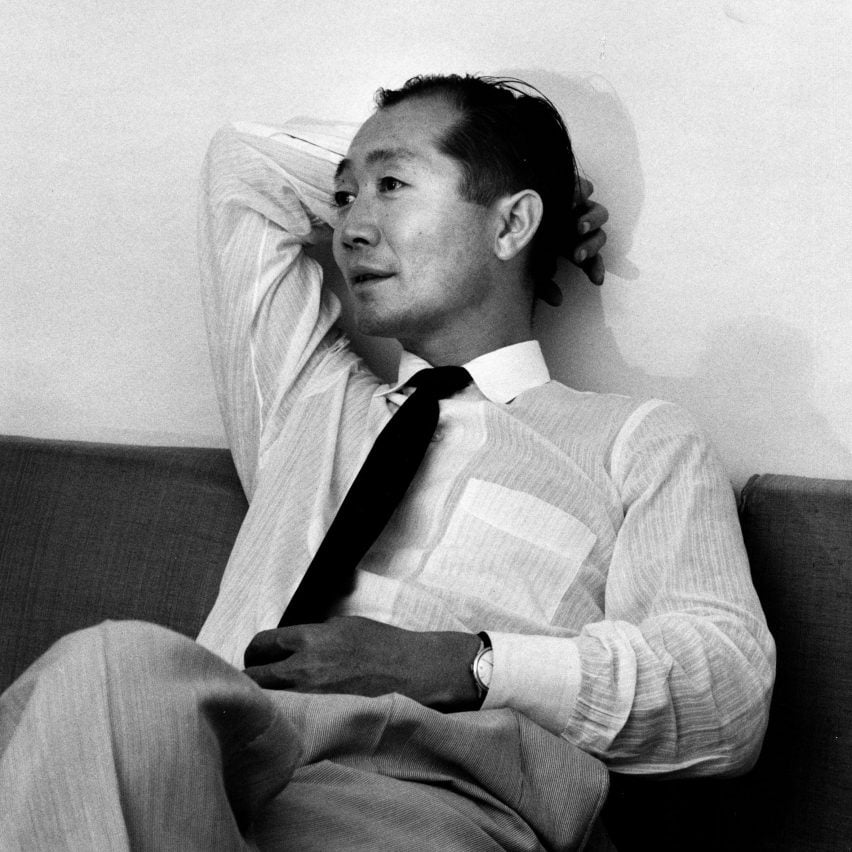
Y is for Yamasaki, Minoru
Though he’s largely unknown today, American architect Minoru Yamasaki was the architect behind the original World Trade Center towers, which were the world’s tallest buildings when they opened in 1973 but were destroyed in a terror attack on September 11, 2001.
Yamasaki also designed the social housing project Pruitt-Igoe in Missouri and the modernist Rainier Tower and Pacific Science Center in Seattle. His untraditional approach to modernism has influenced a number of people working today.
“There are architects like Gyo Obata and Gunnar Birkerts, who began their career working under Yamasaki and architects like Rem Koolhaas and David Adjaye who consider him to be a key point of reference,” said Justin Beal, author of a book on Yamasaki, Sandfuture.
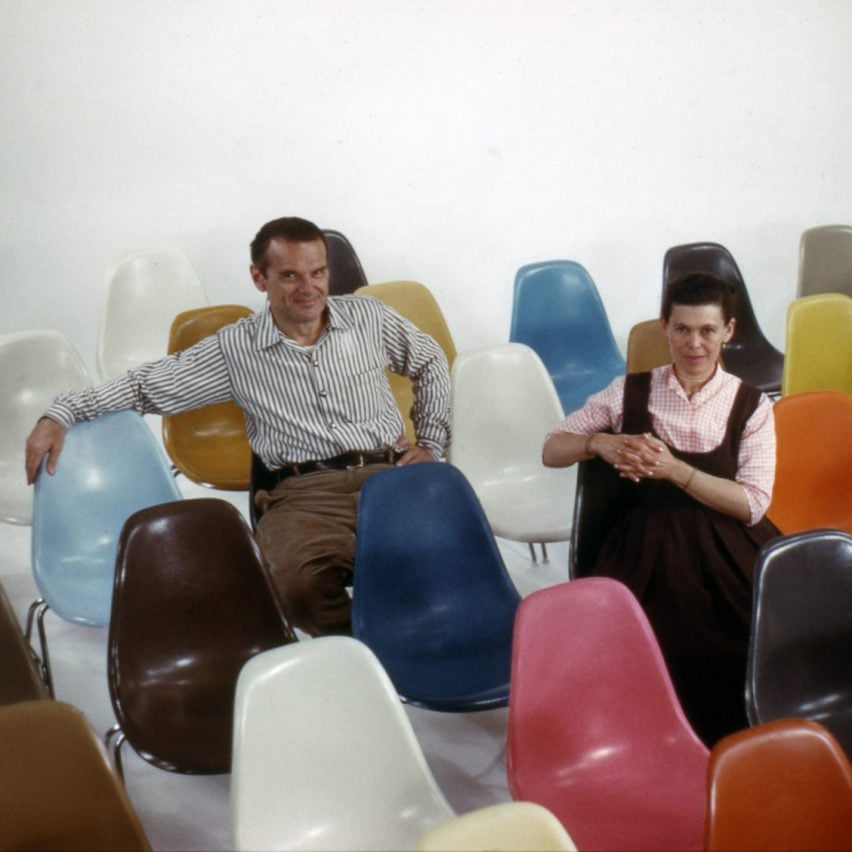
Z is for Zenith Plastics
One of the most famous mid-century modern chairs, the Shell chair was designed by Charles and Ray Eames, who moulded its shape to suit the human body.
Originally made as a metal prototype, the Eameses had a breakthrough when they came across a new material by Los Angeles-based company Zenith Plastics: fibreglass.
By combining fibreglass and molten plastic resin, the designers were able to create a lightweight chair that helped fulfil their aim to get “the most of the best to the greatest number of people for the least”.
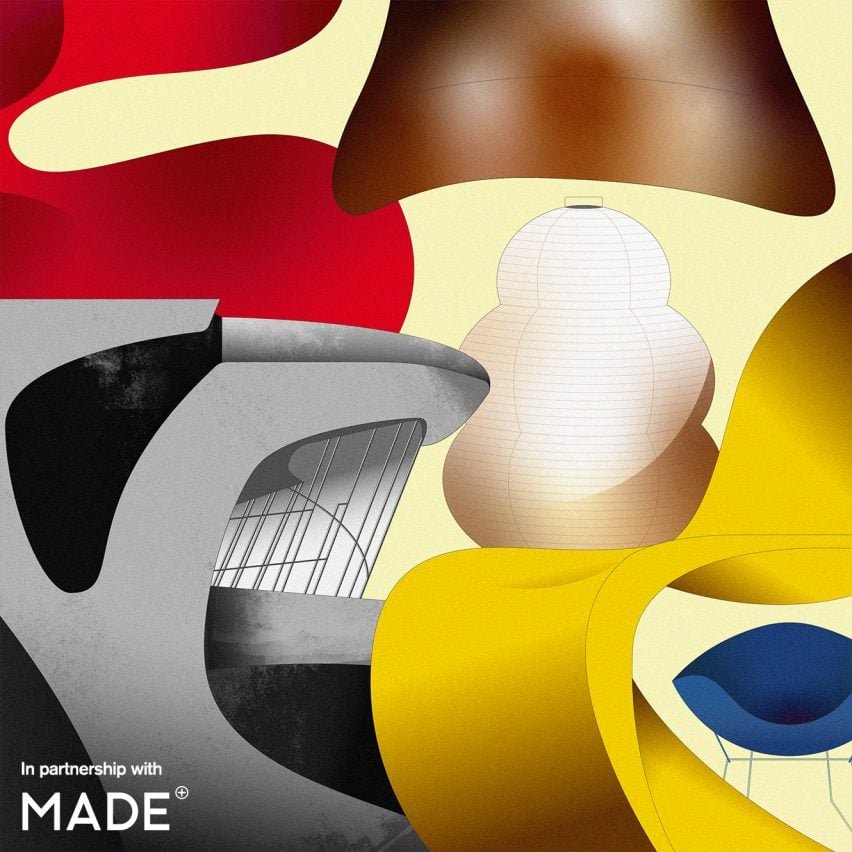
Mid-century modern
This article is part of Dezeen’s mid-century modern design series, which looks at the enduring presence of mid-century modern design, profiles its most iconic architects and designers, and explores how the style is developing in the 21st century.
This series was created in partnership with Made – a UK furniture retailer that aims to bring aspirational design at affordable prices, with a goal to make every home as original as the people inside it. Elevate the everyday with collections that are made to last, available to shop now at made.com.

